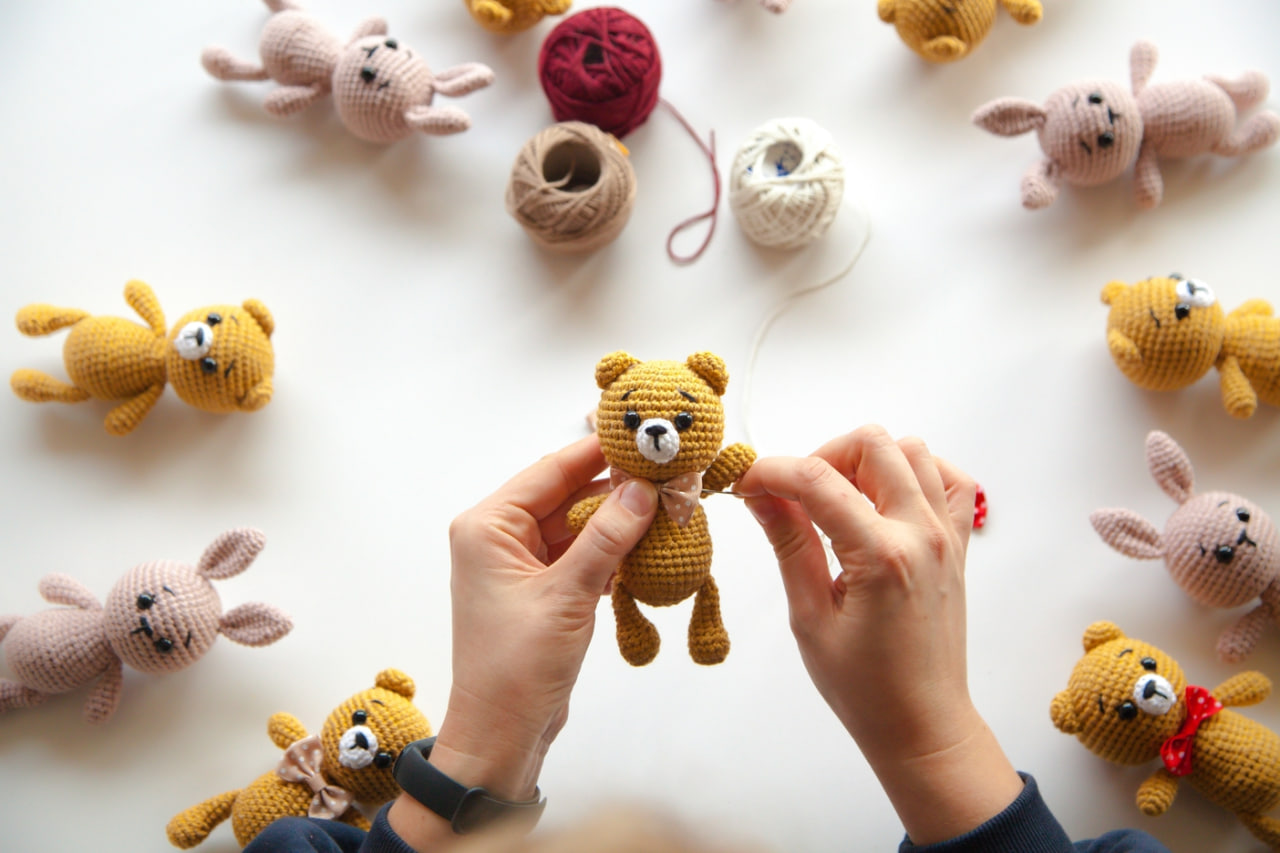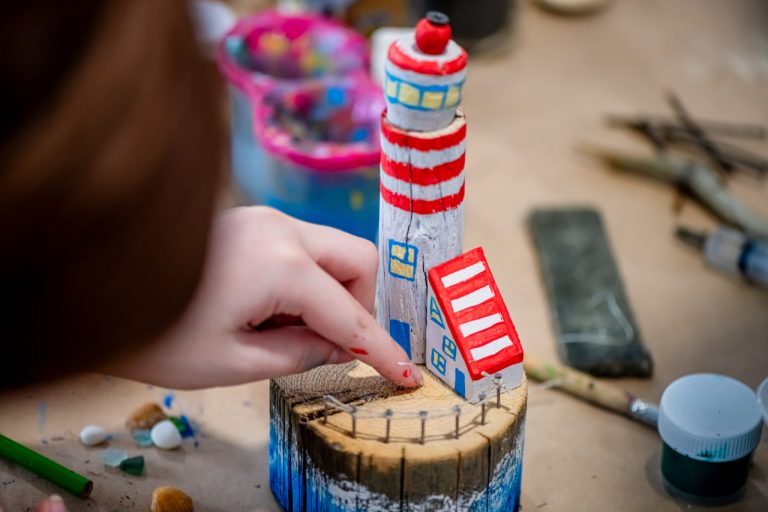How to Start Selling Your Handmade Toys Online
Turning your toy-making hobby into a successful online business can be one of the most fulfilling creative journeys. Selling handmade toys online not only allows you to earn income from your skills, but it also connects you with customers who truly value originality, craftsmanship, and charm.
The key to success isn’t just creating beautiful toys—it’s knowing how to present them, price them, and reach your audience in a way that builds trust and encourages purchases. Whether you’re just starting out or transitioning from in-person markets to an online store, this guide will walk you through every essential step.
Define Your Niche and Product Line
The first step in building a toy business is to define exactly what you’re selling. The handmade toy market is broad, and narrowing your focus helps you stand out. Consider the following questions:
- What type of toys do you specialize in? (plush animals, dolls, wooden toys, baby toys, etc.)
- Who is your ideal customer? (parents, collectors, gift buyers)
- What makes your toys unique? (organic materials, personalized details, cultural themes)
Defining your niche not only helps with product development, but also with branding, marketing, and even packaging decisions. Once you’ve clarified your style and audience, you can start building a consistent, recognizable brand.
Choose the Right Platform
There are several ways to sell handmade toys online. Your choice will depend on your goals, technical skills, and how much time you want to spend managing your shop.
Etsy
A popular choice for handmade goods. Etsy offers a built-in audience and simple setup, but charges listing and transaction fees.
Shopify or WooCommerce
Ideal for those who want to build a fully branded standalone store. These platforms require more setup, but you’ll have more control over design, customer experience, and pricing.
Social Media Shops (Instagram/Facebook)
Some makers start by selling directly through social media using integrated shop tools. These platforms are great for visual products and connecting directly with customers.
Marketplaces like Amazon Handmade or Not On The High Street
Good for scaling up, but more competitive and may require approval processes.
No matter which platform you choose, make sure it offers secure checkout options and mobile-friendly browsing.
Create Professional Product Listings
Your product listings are the core of your online shop. Each listing should clearly communicate what makes your toy worth buying.
Photography
Good photos are essential. Use natural lighting, simple backgrounds, and multiple angles. Include close-ups of texture, details, and size references (like a child holding the toy).
Titles and Descriptions
Be specific and honest. Include materials, dimensions, care instructions, safety notes, and what age group the toy is suitable for. Mention if it’s handmade, eco-friendly, or customizable.
Keywords and SEO
Use keywords that your ideal customer might type when searching—like “organic baby rattle,” “handmade felt doll,” or “wooden stacking toy.” Include these naturally in your title and description to improve visibility in search results.
Price Your Toys Wisely
Pricing handmade toys can be challenging. You need to cover your material costs, labor time, business expenses, and still earn a profit—while remaining competitive and fair.
A common pricing formula is:
(Material Cost + Hourly Rate × Time) × Markup = Final Price
Don’t undervalue your time. Consider packaging, marketing, admin, and platform fees in your overall cost. Handmade customers understand that quality takes time, and your pricing should reflect the care that goes into your work.
Also consider offering tiered pricing with small and larger items, bundles, or custom orders.
Prepare for Orders and Shipping
Before launching, prepare your workspace to handle packaging and fulfillment efficiently.
- Stock packaging supplies like tissue paper, boxes, eco-friendly fillers, and tape.
- Print branding materials such as thank-you cards or logo stickers.
- Create clear shipping policies: how long it takes to process an order, where you ship, and estimated delivery times.
Offer tracking and insurance where possible, especially for international orders. Customers expect timely updates and a smooth post-purchase experience.
Build a Brand and Market Your Shop
Once your shop is live, marketing is what keeps traffic flowing. Social media, email newsletters, and word of mouth are powerful tools for handmade businesses.
Instagram and Pinterest
Both platforms are visual and ideal for toy makers. Share behind-the-scenes photos, studio shots, customer reviews, and styling ideas.
Email Marketing
Start collecting emails early. Offer a discount code in exchange for signups. Send regular newsletters featuring new products, gift ideas, or blog posts.
Blogging and SEO
Writing about your toy-making process, parenting tips, or creative inspiration helps improve search visibility and builds trust with your audience.
Collaborations and Giveaways
Partner with other small businesses or influencers to reach a wider audience. Giveaways are great for building excitement and follower growth.
Your brand voice should feel personal, consistent, and aligned with the values of your toys—whether that’s eco-friendliness, handmade quality, or childhood nostalgia.
Offer Exceptional Customer Service
Customer service can set your shop apart in a crowded market. Be responsive, polite, and clear in communication. Set realistic expectations for delivery times and reply quickly to questions or concerns.
When something goes wrong, be proactive. A thoughtful resolution can often turn a disappointed buyer into a repeat customer. Include care instructions and check-in messages to enhance the overall experience.
Encourage happy customers to leave reviews, tag you in photos, or share your shop with friends. Positive word-of-mouth is one of the most powerful marketing tools for handmade businesses.
Stay Organized and Keep Improving
Running an online toy shop is a constant process of learning and refining. Use simple tools to track your orders, inventory, expenses, and feedback. Regularly review what’s selling best, which listings attract the most views, and where your customers are coming from.
Adapt based on feedback and trends. Seasonal toys, themed collections, or limited editions can keep your shop fresh. Celebrate milestones and share your journey with your audience.




